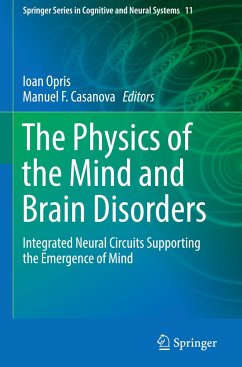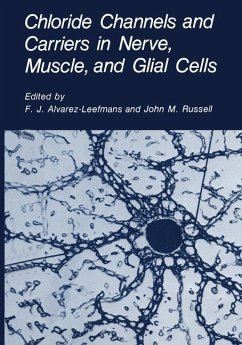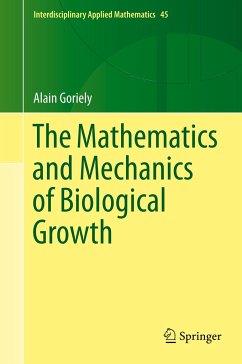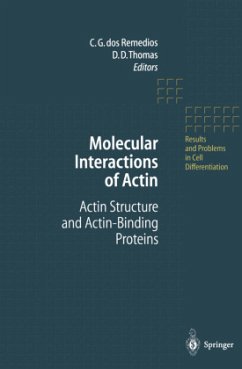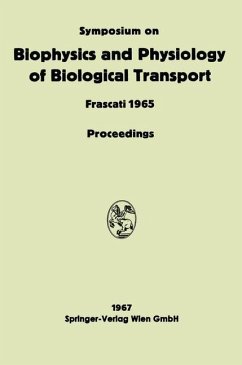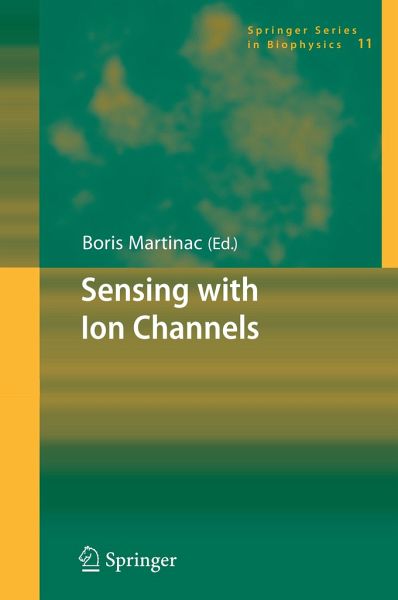
Sensing with Ion Channels

PAYBACK Punkte
57 °P sammeln!
This is the first book that is not exclusively focused on ion channels functioning in sensory mechanisms that are characteristic of animals and humans, but also describes the role of ion channels in signal transduction mechanisms found in microbial cells and plants. It summarizes comprehensively the progress that has been made in studies of ion channels and their role in sensory physiology.
All living cells are able to detect and translate environmental stimuli into biologically meaningful signals. Sensations of touch, hearing, sight, taste, smell or pain are essential to the survival of all living organisms. The importance of sensory input for the existence of life thus justifies the effort made to understand its molecular origins. Sensing with Ion Channels focuses on ion channels as key molecules enabling biological systems to sense and process the physical and chemical stimuli that act upon cells in their living environment. Its aim is to serve as a reference to ion channel specialists and as a source of new information to non specialists who want to learn about the structural and functional diversity of ion channels and their role in sensory physiology.




